



Moles are skin growths that are darker than the nearby skin. They're common and not normally a problem. But moles can sometimes cause problems. In this case, removal (excision) of a problem mole can be done.
Your healthcare provider may do a mole excision for 1 or more reasons:
Part or all of a suspicious mole may be removed to check it for cancer.
A mole that is constantly rubbed by clothing or irritated in other ways may be removed to help make you more comfortable.
A mole that is large or on a visible body part can be removed for cosmetic reasons.
Contact Us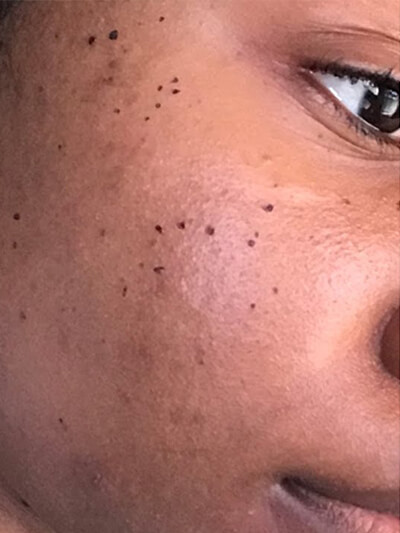


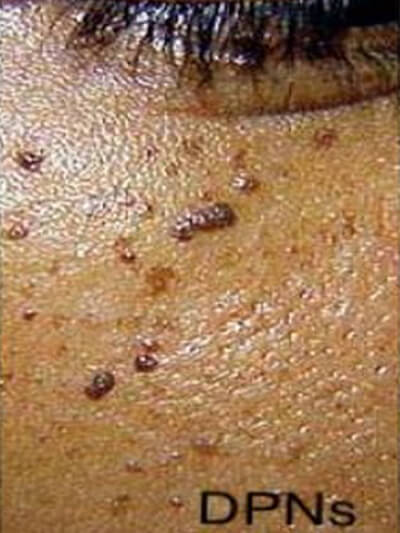
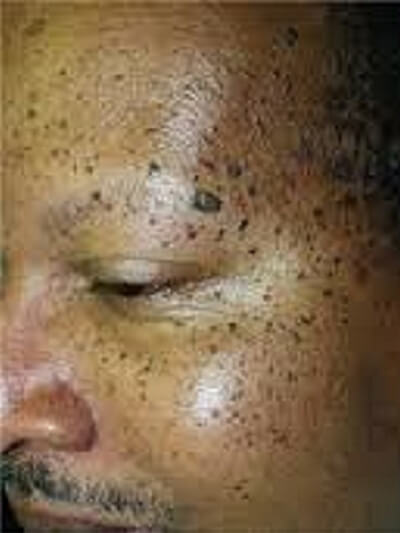

There are several skin lesions that are very common and benign (non-cancerous). These conditions include moles, freckles, skin tags, benign lentigines, and seborrheic keratoses.
Moles are growths on the skin that are usually brown or black. Moles can appear anywhere on the skin, alone or in groups.
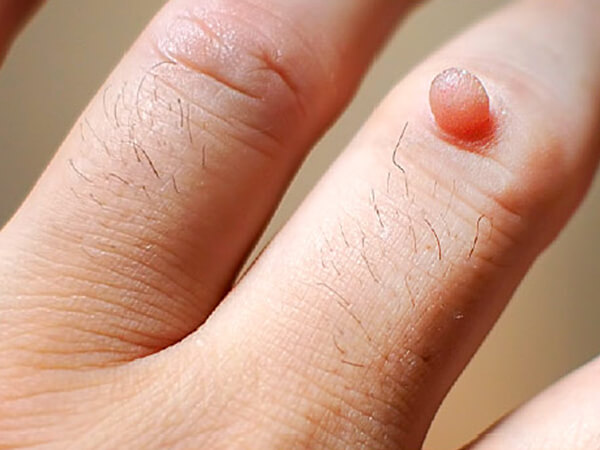
A wart is a small growth with a rough texture that can appear anywhere on the body. It can look like a solid blister.
Warts are caused by viruses in the human papillomavirus (HPV) family.
The appearance of a wart depends on its location on the body and the thickness of the skin.
Palmar warts appear on the hand. Plantar warts affect the feet.
As many as 1 in 3 children and teenagers are estimated to have warts, but only 3 to 5 percent of adults. This is probably because the immune system becomes better able to prevent their development over time.
People with a weakened immune system are more likely to have warts.
Contact Us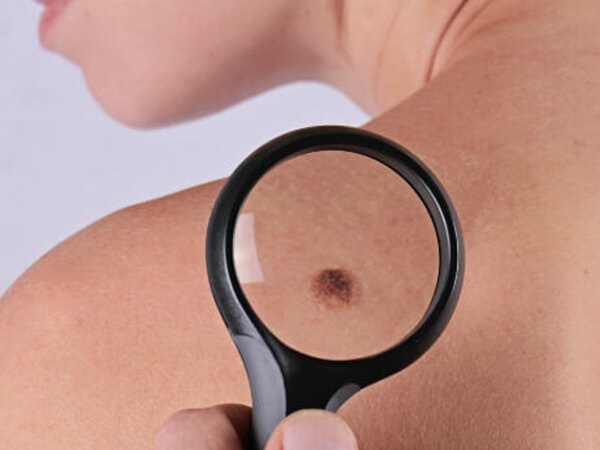
Skin biopsy is a biopsy technique in which a skin lesion is removed to be sent to a pathologist to render a microscopic diagnosis. It is usually done under local anesthetic in a physician's office, and results are often available in 4 to 10 days. It is commonly performed by dermatologists.
Skin biopsies are performed to help with the diagnosis of your skin condition. Sometimes, different skin conditions can look similar to the naked eye so additional information is required. This is obtained by looking at the structure of the skin under the microscope after the cells have been stained with special coloured dyes.
Contact Us